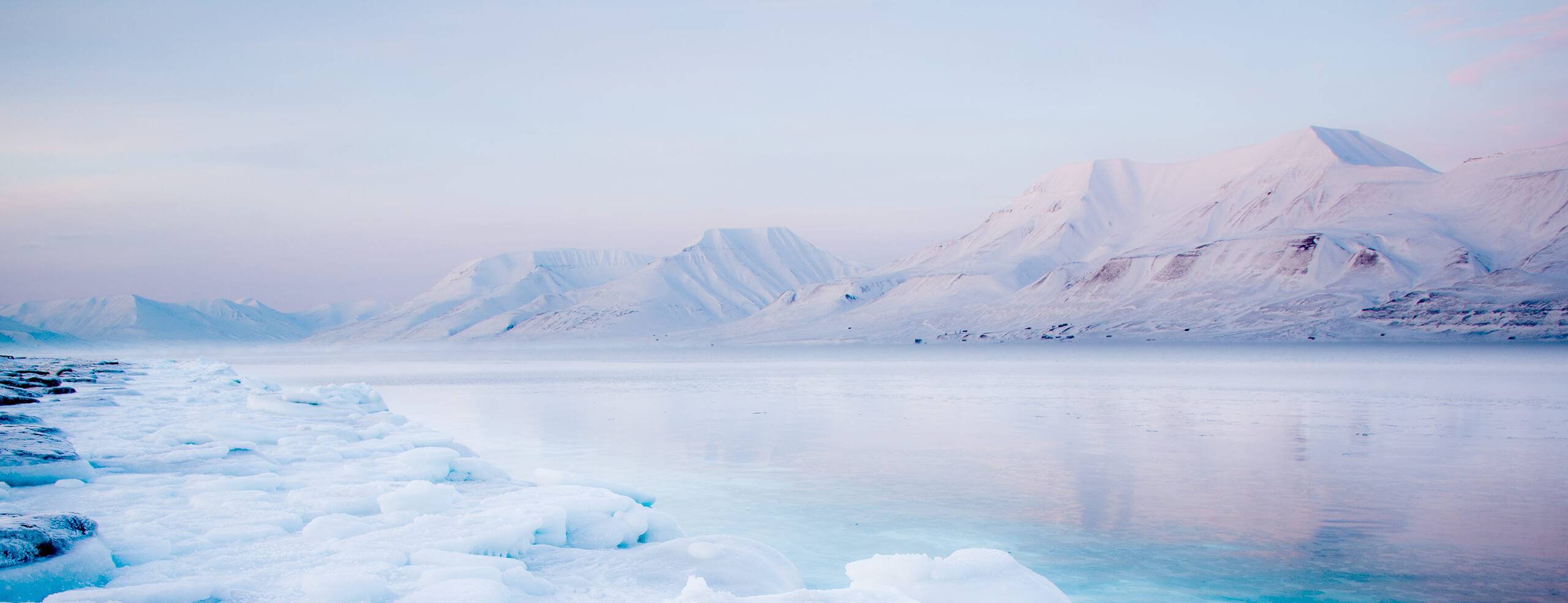Linking the marine environment and the nutritional quality of shellfish and beluga near Quaqtaq
This project is being carried out under the first joint INQ / Sentinel North call for projects..
Principal investigators
Mélanie Lemire (Université Laval), Jean-Éric Tremblay (Université Laval)
Co-investigators
Marc Amyot (Université de Montréal), Philippe Archambault (Université Laval), Pierre Ayotte (Université Laval), Nicolas Derome (Université Laval)
Collaborator
Tommy Palliser (Nunavik Marine Region Wildlife Board)
Abstract
Beluga and shellfish are an integral part of culture, diet and food security in Quaqtaq. The migrating beluga harvested in Quaqtaq belong to two distinct populations in Hudson Bay, one from the west (WHB) and another from the east (EHB). Recent work in Nunavik showed that beluga maattaq, an Inuit delicacy made of beluga skin and fat, is exceptionally high in selenoneine, a potential antidote against mercury toxicity. In support of the Hudson Strait Pilot Project of Nunavik Marine Region Wildlife Board, this study seeks to provide additional knowledge on how the mercury, selenoneine and fatty acid contents of beluga vary with respect to their population of origin, diet, age and sex. Recent work suggests that shellfish and the sediment on the seafloor, where selenoneine-producing bacteria and fungi can occur, play a much larger role than previously thought in the acquisition of food and selenoneine by beluga. Shellfish are also consumed frequently by Inuit and are candidates for the development of food insecurity prevention strategies in some communities. Moreover, shellfish can be used as indicators of water quality and ocean health since they accumulate contaminants and nutrients when filtering water and algae or consuming particles that settled on the sediment. Since the ocean near Quaqtaq is strongly exposed to the massive outflow current from Hudson Bay, water quality and settling particles in the area are bound to be affected by the rapid climate-driven changes that occur remotely in the Bay. The various benefits or potential adverse effects of consuming those foods can thus be influenced by the rapid environmental changes affecting northern marine ecosystems (warming, sea-ice loss) and whether the animals themselves will continue to be available. The present proposal addresses these concerns by considering the linkages between local Inuit knowledge, the physical and chemical properties of the ocean, the marine microbiome and the ecological pathways through which different key molecules flow from the Arctic environment to Inuit. A longer-term benefit of the present project is to empower the community of Quaqtaq with the means to monitor the ocean, seafloor resources and continue to use marine foods sustainably.

